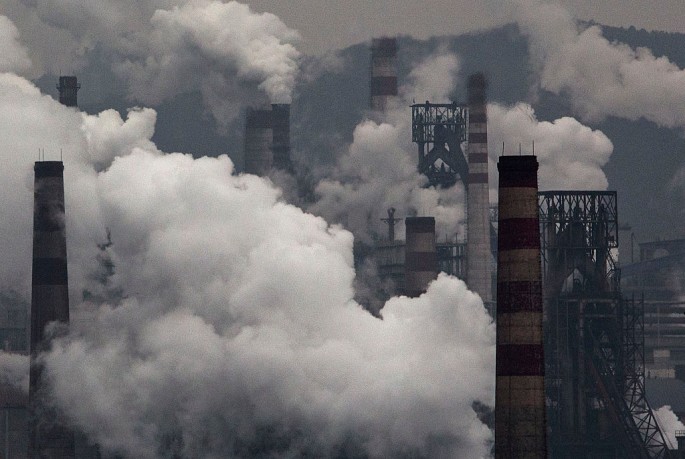Scholars from the Institute of Energy, Environment, and Economy at Tsinghua University are proposing that China spend more to reduce carbon dioxide emissions, according to a report by China Daily.
A recent study co-written by the scholars and an MIT professor suggests that China's new plans to cap and trade carbon can greatly reduce emissions with hardly any effect on the country's economic growth.
"Using carbon pricing in combination with energy price reforms and renewable energy support, China could reach significant levels of emissions reduction without undermining economic growth," wrote Valerie Karplus, an assistant professor from the MIT Sloan School of Management.
Karplus is one of the co-authors of the study entitled "Carbon emissions in China? How far can new efforts bend the curve?" She was joined by Jiankun He, Da Zhang, Xiliang Zhang and Tianyu Qi from Tsinghua University.
According to the model created by the researchers, coal use in China will peak sometime around 2020, while the overall CO2 emissions will peak by 2030 or sooner.
But dropping all economic activity fueled by carbon will not necessarily help China achieve its goal of becoming a "well-off society" by 2050.
To achieve carbon emissions reduction without sacrificing economic growth, the Chinese government has two options. One is to take the "Continued Effort" path, described as a "business-as-usual trajectory" by China Daily. The other path is the "Accelerated Effort," which involves a set of announced reforms and initiatives.
The "Continued Effort" path will lead to CO2 emissions leveled off around 2040, a much later time compared to "Accelerated Effort," which promises to achieve results that are 20 percent higher and a time period that's 10 years shorter.
The latter also stipulates that China's coal use will drop from 70 percent in 2010 to 28 percent in 2050.
"Coal today is used with varying degrees of efficiency across the Chinese energy system," wrote Karplus. "The model is capturing the fact that you have a lot of low-cost opportunities to reduce coal, from heavy industry direct use as well as the electric power sector."
The study has received recognition from several notable scholars, including John P. Weyant, a professor and deputy director at Stanford University's Precourt Institute for Energy Efficiency.



























